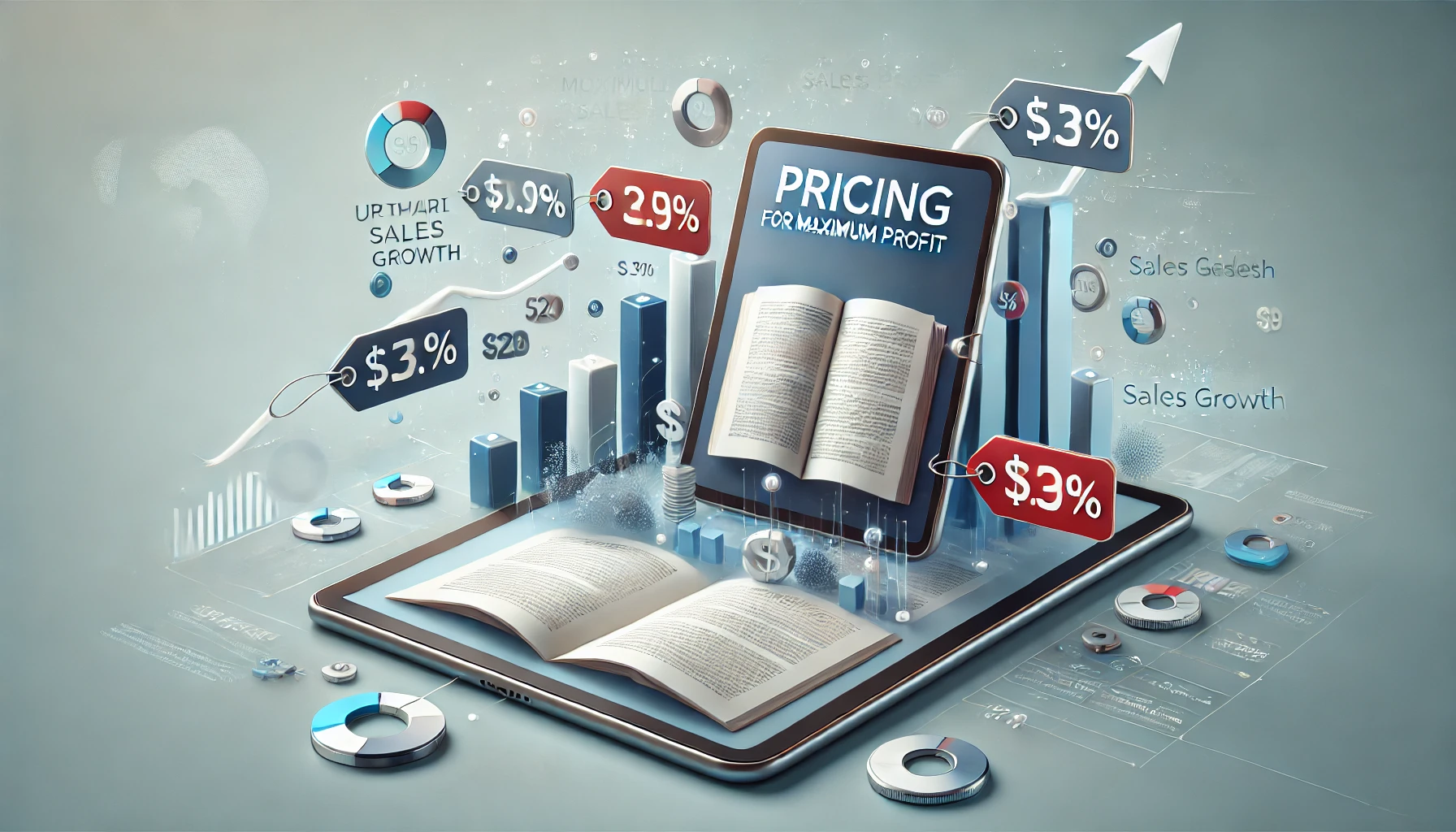Congratulations on completing your manuscript! After working for months or years, you have finally achieved this. The next challenge is to set the right pricing for your ebook.
It is a difficult task as it can help maximize credit and revenue. And when you are done setting the pricing, you will start worrying about ebook marketing and it keeps going on.
This is why, in this blog, we have gathered all the details related to ebook pricing and maximizing revenue. So, without further ado, let’s take a look at the following.
5 Ways To Set The Right Price For Your eBook
Here is how you can set the right pricing for your ebook:
-
Know Your Market
Knowing your target audience is the first step in setting a fair price for your book. Determine your ideal readership and the price point at which they would be interested in purchasing your genre of book. One effective strategy for this is to peruse Amazon's competitive landscape. You can find pricing trends by looking at the prices of popular books in your genre.
Books in different genres will cost significantly different amounts since various genres have distinct price mechanisms. Books catering to a specific demographic, such as those in the real estate or academic markets, tend to command a premium price. Alternatively, literary fiction is often more expensive than genre fiction.
-
Find Out Cost
You need to pay for the printing and shipping expenses, that much is true. Whether you're uploading a print or digital book to Amazon, the company will provide you a suggested price depending on factors like the book's page count, the inclusion of photographs and color interiors, and more.
You need to charge at least that much to cover your expenditures. Setting a pricing that allows you to break even is the first step. Additionally, remember to make a note of the prices you just looked into in point one so you can locate your ideal one.
-
Experiment With Pricing
You have the ability to establish price-cutting promotions and monitor their impact. By doing so, you may observe the effect of various pricing points on your sales and, if necessary, make long-term modifications. Offering a short-term discount on your book, for instance, could cause sales to spike. Another possibility is that you discover a lasting uptick in sales after reducing your price. Also, while this is fantastic news for your eBook prices, you might want to play around with the prices of your printed books as long as price cuts don't affect your printing costs.
Though price testing need not be restricted to time-sensitive sales; for example, you may set the price of your print book at $15.95 and, if sales are slow, try calculating a $2 reduction.
Making up strange prices for your book is another possible experiment. In other words, you're not doing the usual $15.95 or $15.99; for example, you might alter the price to $15.47, which ends with a less frequent number. It may be a good attention-getter, and the intriguing thing about the pricing is that it "appears" a lot cheaper when you look at it because your brain perceives that it's less than fifty cents.
-
International Markets
Amazon is expanding into more and more international areas (they recently built a store in Belgium), so you might want to start promoting your book internationally. Remember that different markets have different pricing needs; for example, ebooks aren't as popular in some countries as they are in the US, so when you're trying to figure out how to price your books internationally, focus on print books first.
-
Seasonal Pricing
Offering prices that fluctuate is another pricing approach. One way to achieve this is to implement seasonal pricing. Seasonal publications or books connected to an event could benefit from this. A book detailing a winter vacation, for instance, might cost more during the holidays and less during the rest of the year.
Do a massive marketing campaign with the special price before summer to get more copies of your genre fiction book if it tends to be a popular vacation read (based on your evaluations).
Part of being a successful author is knowing how to price your book strategically. The price of a book can change at any time. The market is dynamic and ever-evolving. What seems like a fair price for your book now might not be next month.
Setting prices is an ongoing process! Be flexible with your pricing and ready to make changes based on what you learn from sales and customer reviews.
-
Pricing Old Titles
The simple truth is that books should be priced lower as they get older. The books you've published in the past shouldn't cost as much as the newer ones, but it doesn't mean you have to make them free or set the price at.99.
Once an author has published a few books in a series, they may decide to make the first one available for free. The reasoning behind this is that they want to attract new readers with the first book in the hopes that they would purchase all of the books in the series. You should have a firm foundation with your first book if you want to try this approach.
Though ideally, you should set a low price for the first book in the series to entice people to give it a go; nonetheless, as long as you're not losing money on every book, it's always a good idea to experiment with different pricing strategies.
5 Effective Marketing Strategies To Promote Your eBook
After knowing the importance of ebook marketing, let’s take a look at the effective marketing strategies:
Limited-Time Sale And Promotions
Everybody enjoys a good bargain. A great example of ebook marketing is offering occasional discounts or exclusive promotions to attract new readers to buy your ebook. Limited-time deals create a sense of urgency that encourages people to make a purchase.
Engaging Book Launch Events
Consider your ebook debut a major occasion. Throw a virtual launch party, give early purchasers special benefits, and create anticipation with countdowns and teasers. A successful launch might raise initial sales significantly.
Get Reviews
Positive evaluations are an effective marketing strategy. Urge readers to post reviews on websites such as Goodreads and Amazon. Reviews enhance your ebook's visibility in search results in addition to assisting prospective customers in making decisions.
If your e-book is offered for sale online, the page rating is a key indicator of how reliable your product is. Therefore, having positive reviews and ratings can have a direct impact on your ebook's success when it comes to growing sales on Amazon, Barnes & Noble, Kobo, and other platforms.
Content Marketing
Make videos, blog entries, or social media content about the subject of your ebook. Provide insightful commentary and market your ebook as a more in-depth look at the topic.
Including an integrated video content marketing plan into your ebook promotion can engage your audience and dynamically demonstrate its value. Adding interactive features, like clickable buttons or overlays in your video marketing material, can be easy.
Collaborate With Influencers
Find bloggers or influencers in your niche and get in touch with them about possible partnerships. They can greatly expand your reach by promoting your ebook to their followers, writing reviews, or holding giveaways.
5 Key Components Of A Successful eBook Marketing Strategy
The following crucial elements can help your eBook launch succeed:
Target Audience Identification
Examine demographics, interests, and preferences in detail to ensure that your marketing is exactly tailored. Knowing who your ideal readers are can help you create tactics and messaging that will resonate and make sure your efforts are successful.
Strategic Pricing
Price is important, but it's more than just a figure. Take into account the market competition, the budget of your target audience, and the value your ebook provides. Your ebook's value can be reflected in its attractiveness through wise pricing. Remember that promotional pricing and discounts can be powerful weapons in your toolbox.
Pre-Launch Buzz
Before the big launch, create a buzz. Pre-order incentives, teasers, and sneak peeks can increase audience enthusiasm. Building anticipation can result in eager readers who are prepared to start reading your ebook as soon as it becomes available.
Eye-Catching Cover Design
Despite the adage, "Don't judge a book by its cover," people frequently do just that. Invest in a professionally created cover that captures the spirit and genre of your ebook. An eye-catching cover piques interest and may make the difference between a browse and a purchase.
Post-Purchase Reader Engagement
The secret is to keep your readers interested. The tale doesn't finish when they buy anything. Plan a book reading party or provide supplementary material that enhances the experience. To build a sense of community around your ebook, think about using surveys to get feedback and grant exclusive access.
Even while not every tactic will be successful right away, measuring enables you to pinpoint areas that aren't working well and make well-informed changes that can direct your efforts in the direction of greater results.

